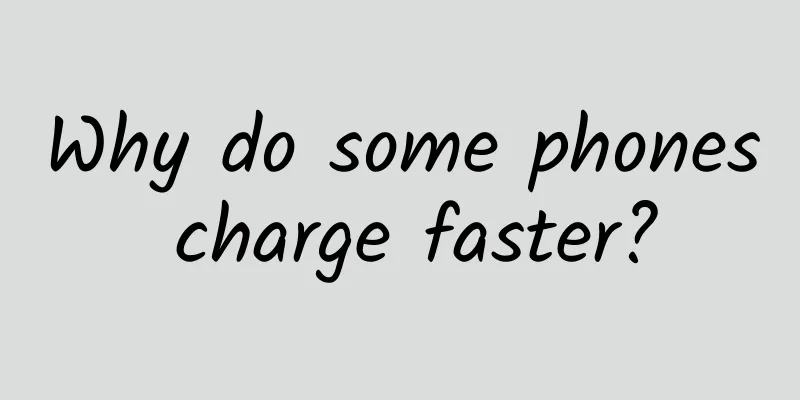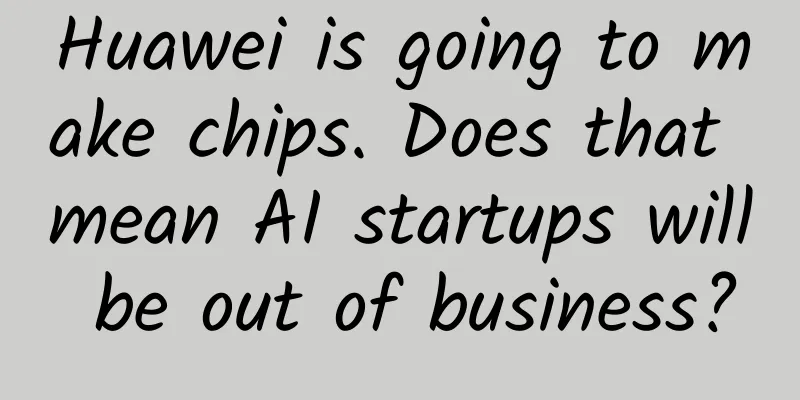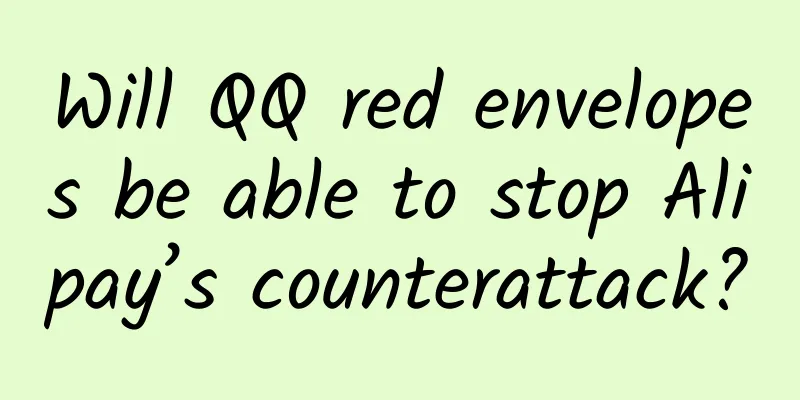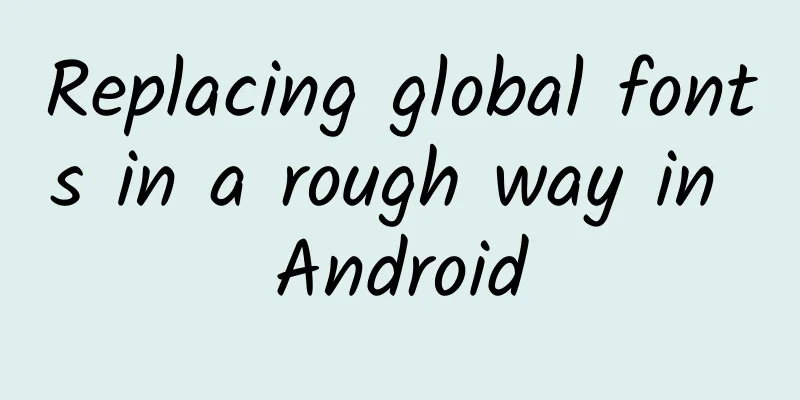Why do some phones charge faster?

|
The charging process of a smartphone is mainly completed by the collaboration of three parts, namely: power adapter, data cable, and mobile phone. The speed of charging is affected by many factors. Internal factors include the mobile phone itself, power adapter, and data cable, and external factors include weather and the way users use mobile phones, which all affect the charging rate of mobile phones. Mobile phones with large battery capacity have longer charging time. To discuss the factors that affect the speed of mobile phone charging, we must first understand how to calculate the charging time. The charging time can be calculated by a simple formula: charging time = coefficient (generally greater than 1) × battery capacity (mAh) / charging current (mA). That is, when the charging current is constant, the larger the battery capacity, the longer the charging time; when the battery capacity is constant, the larger the charging current, the longer the charging time. It can be seen that in order to meet people's needs for long-term use of mobile phones, when the charging current remains unchanged, manufacturers increase the capacity of mobile phones, and people have to charge their devices for a longer time. In addition, in actual work, the current is determined by the load connected later (i.e., mobile phone). As long as it is within the scope of power, the charger can provide as much current as the mobile phone needs. If the current required by the mobile phone exceeds the upper limit of the current that the charger can provide, the charger will always output this maximum current. Therefore, when the battery capacity is the same, the greater the current that the mobile phone itself can carry, the faster it will charge. The charging specifications of the power adapter affect the charging speed. Most brand mobile phones now come with standard 5V chargers, but manufacturers generally equip them with different output current numbers according to the battery capacity. Someone once compared that, assuming the voltage is the same, the difference between 0.5A, 1A and 2A chargers is like a single-lane, two-lane and four-lane highway - every time the current doubles, the amount of electricity charged in the same time will also double. Therefore, when charging an iPad with an iPhone charger with a maximum output current of only 1A and charging an iPad with an original 2A charger, the former takes 2.1 times longer to charge than the latter under theoretical conditions. Therefore, when charging a mobile phone, in order to ensure that the charging speed of the mobile phone is fast enough, you should try to choose an original charger or a charger of other brands with an output current not lower than the original standard. Poor-quality data cables are the "culprit" that slows down charging time. It is difficult for ordinary people to distinguish the differences between data cables from the outside. Therefore, as long as the interfaces are the same, it is common to mix and match them, but the current provided by different data cables may be different. Many low-priced data cables look thick, but the wire core inside is very thin, or pure copper is replaced by aluminum wire. In addition, the contact material and welding of the connector of the inferior data cable may have hidden dangers. The above problems will lead to increased resistance. The standard data cable resistance should be 0.5 ohms, while the inferior line may reach 3 to 6 ohms, and the charging efficiency will naturally decrease by 6 to 12 times. Weather factors that are easily overlooked Many people have such experience that mobile phones often encounter problems that cannot be charged in the cold winter season. This may not be a problem with the mobile phone, but because the temperature is too low. Because most of the lithium batteries used in smartphones have a low-temperature protection mechanism, the low temperature causes the metal lithium in the lithium battery to deposit, and no longer reacts chemically with the material, which leads to a short circuit inside the battery. At this time, it will not be able to charge or the charging speed will be very slow. This problem will also occur when the temperature is too high. Apple claims that the iPhone charges most efficiently at room temperature of 22°C. The situation is similar for Android phones that also use lithium batteries. When the temperature is too low, we need to move the device to a warmer environment. When the temperature of the lithium battery exceeds the threshold of low temperature protection (iPad, laptops, etc. are generally 5°C, and mobile phones are generally around 0°C), it can be charged normally. When the phone heats up seriously during charging, you can remove the phone case or put it on a cold table to cool it down to increase the charging speed. Therefore, temperature is a relatively important external factor affecting mobile phone charging. The right temperature helps to increase the charging speed. Correct charging skills can help increase the charging rate. When the lithium battery is very low in power, the lithium battery protection will be activated. At this time, the phone cannot be turned on, there is no response at the beginning of charging, and the charging time will also be longer. The phone being charged needs to wait for a long time to wake up the battery and turn off the protection function. So try not to wait until the battery is exhausted before remembering to charge. As we all know, after the phone is turned on, various programs are always running, which will consume more power and naturally drag down the "charging rate". So try to turn off some apps and turn off the phone screen when charging. Of course, if you can turn off the computer or switch it to "flight mode", you can save more power and charge faster, but for most people, it is not realistic to completely cut off contact with the outside world for charging. In addition, some friends like to charge through the computer USB port, which takes longer to charge than plugging it into a socket. Generally speaking, the maximum output current of the front USB port of the computer is only 0.5A, and the charging speed is very slow. If you have to use the computer USB port to charge, you can use the rear USB port of the computer, because its current is more stable than the front port and the charging speed is relatively faster. As a winner of Toutiao's Qingyun Plan and Baijiahao's Bai+ Plan, the 2019 Baidu Digital Author of the Year, the Baijiahao's Most Popular Author in the Technology Field, the 2019 Sogou Technology and Culture Author, and the 2021 Baijiahao Quarterly Influential Creator, he has won many awards, including the 2013 Sohu Best Industry Media Person, the 2015 China New Media Entrepreneurship Competition Beijing Third Place, the 2015 Guangmang Experience Award, the 2015 China New Media Entrepreneurship Competition Finals Third Place, and the 2018 Baidu Dynamic Annual Powerful Celebrity. |
>>: Apps on iPad are starting to rot
Recommend
The 5 most worth-watching Spring Festival marketing cases in 2019!
Whenever the Spring Festival approaches, going ho...
Game controllers for Three Kingdoms Killing: Xiaomi, Xiaoqi, and Xinyou all have their pros and cons
Game controllers have never been as popular as th...
Advertising your own products is the correct way to promote your products!
When it comes to promotion , most people think of...
The battle for set-top boxes: a historic test for the State Administration of Radio, Film and Television
The Internet is impacting more and more tradition...
Are all polar bears left-handed? The shocking truth you don't know
"Polar bears are left-handed" - this is...
Zebra AI: APP competitive product analysis!
2020 was an extraordinary year. The arrival of th...
Fun fact: How did toast come about and why has it existed for so long?
In 2015, China's Tusi sites were included in ...
13 smiling moments, recording the 2021 of the Shen 13 crew!
Looking back at 2021 Currently carrying out a mis...
The locust plague that lasted for 2,000 years was eliminated by this gentleman
I wonder if you still remember the news of the lo...
Great Wall WEY's fuel consumption fraud scandal continues, and its core technology is still not up to standard
As a typical representative of the upward movemen...
A complete guide to information flow optimization. Are you still worried about conversion after reading this?
Conversion is the core of bidders, so what is the...
Cook's coming out on homosexuality: Fireworks of different colors
Cook finally came out. After years of suspicion, ...
What are the dangers of the "cold on the outside, hot on the inside" school of psychoanalysis that require sufficient attention?
In recent years, more and more people have discov...
What is short video operation? What does short video operation do?
The popularity of Tik Tok has redefined the mobil...
Does having Leica or Zeiss logo make you superior? Mobile phone lens certification is complicated
Recently, a piece of news has attracted widespread...









